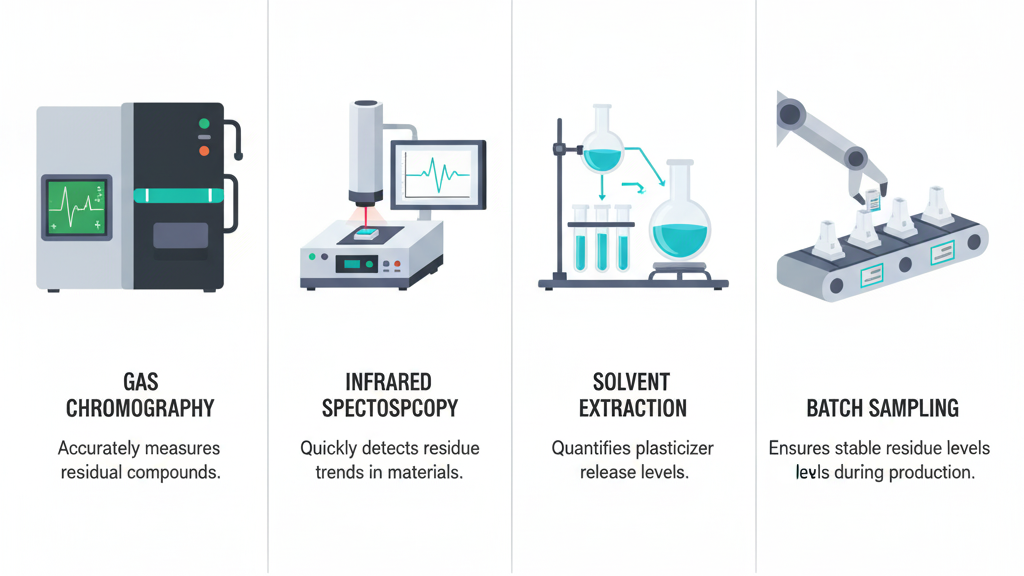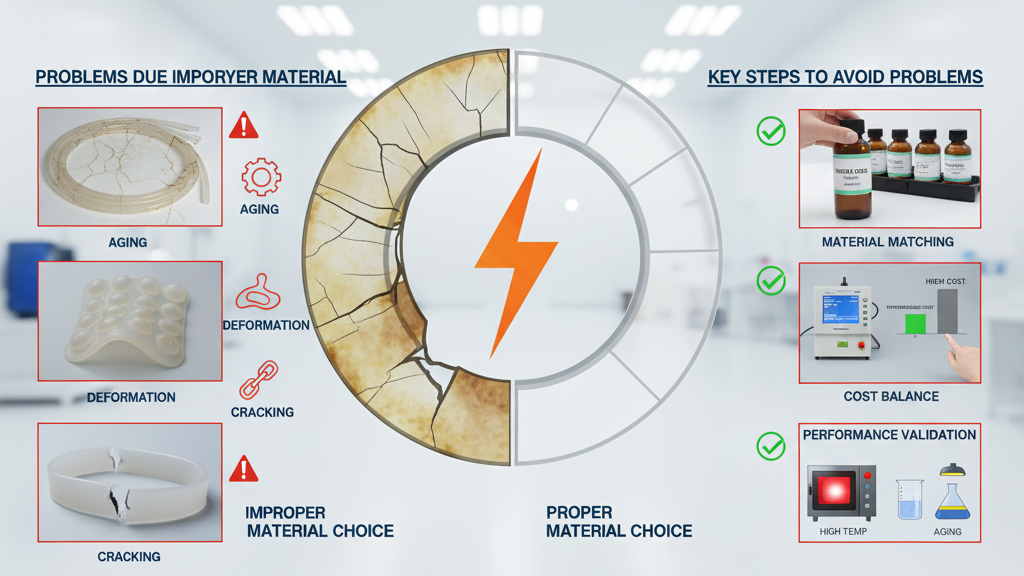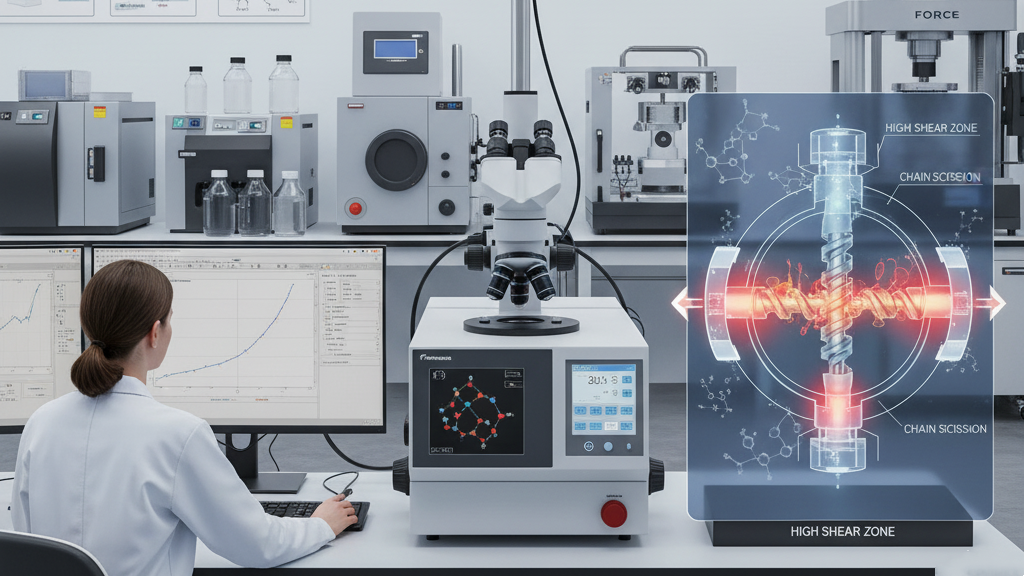
ABS material is widely used due to its multifaceted advantages, but its weather resistance is an important consideration. In outdoor environments, can ABS withstand the erosion of natural elements?
Understanding the factors affecting the weather resistance of ABS and how to effectively improve it is crucial. By optimizing material formulations and surface treatments, its outdoor performance can be significantly enhanced. Next, we will delve into several key strategies for improving weather resistance.
In which environments is ABS material prone to aging?

As a widely used engineering plastic, the weather resistance of ABS material is significantly influenced by environmental factors. Understanding the environments in which ABS material is prone to aging is crucial for extending its service life and optimizing its application scenarios.
- UV Exposure: UV radiation causes molecular chain scission and oxidation of ABS material, accelerating its aging.
- High-Temperature Environments: Elevated temperatures accelerate the oxidation and thermal degradation of ABS material, leading to brittleness and deformation.
- Humid Environments: Moisture promotes oxidation and hydrolysis of ABS material, resulting in performance degradation.
- Chemical Substances: Certain chemicals can react with ABS material, causing swelling and cracking.
What factors affect the weather resistance of ABS material?

ABS material is widely employed for its versatility, yet its performance in outdoor environments significantly hinges on its weather resistance. A profound understanding of the pivotal factors influencing the weather resistance of ABS is crucial for optimizing material selection and extending the product's lifespan.
- Inherent Chemical Structure as the Foundation: The butadiene component in ABS, with its unsaturated double bonds, constitutes the material's primary vulnerability to aging.
- Optimization of Additives and Production Processes is Key: The incorporation of antioxidants, UV absorbers, and the refinement of production processes can markedly enhance weather resistance.
- UV Radiation and Temperature as Primary External Threats: Prolonged exposure to intense UV radiation and elevated temperatures accelerates the oxidation and degradation of ABS material.
- Environmental Humidity and Chemical Substances Cannot be Overlooked: Humid environments promote hydrolysis and oxidation, while chemical substances may directly corrode ABS material.
What technologies can enhance the weather resistance of ABS materials?

The application areas of ABS materials are increasingly broad, yet their weather resistance limits their long-term use in outdoor environments. Through a series of advanced technical means, we can significantly enhance the anti-aging capabilities of ABS materials and expand their application potential.
- Addition of Weathering Stabilizers: Incorporating UV absorbers, antioxidants, etc., effectively delays the aging of ABS materials caused by light exposure and oxidation.
- Material Modification: Utilizing blending modification or surface treatment technologies fundamentally enhances the weather resistance of ABS materials.
- Optimization of Production Processes: By controlling molecular structure and reducing internal stress, the anti-aging capabilities of ABS materials are improved during production.
- Color Selection and Pigment Optimization: Choosing dark-colored ABS materials and pigments with excellent weather resistance can assist in improving the weather resistance of ABS.
Comparative analysis of ABS weather resistance enhancement technology
| Technology | Principle | Advantages | Disadvantages |
|---|---|---|---|
| UV Absorber Addition | Absorbs UV light, converts it to heat | Low cost, easy to use | Limited long-term effect, may affect color |
| Antioxidant Addition | Captures free radicals, inhibits oxidation | Improves long-term stability, delays aging | Reduced effect at high temperatures, may affect physical properties |
| Blend Modification | Blends with weather-resistant materials, like PVDF | Significantly improves weather resistance, noticeable performance boost | High cost, may affect processing performance |
| Surface Coating | Applies weather-resistant coating, blocks UV, moisture | Provides extra protection, effectively blocks erosion | Coating may peel, high maintenance cost |
Selecting ABS Materials Suitable for Specific Environments
ABS materials are widely used in various industries due to their versatility. However, not all ABS materials perform well in all environments. Selecting ABS materials suitable for specific environmental conditions is crucial.
1.Environmental Condition Analysis: Identifying factors such as UV exposure, temperature, humidity, chemical substances, and mechanical stress in the application environment is the foundation for choosing the right ABS material.
2.Material Performance Evaluation: Conduct weather resistance, physical, and chemical performance tests to ensure the selected ABS material meets the requirements of the specific environment.
3.Material Selection Recommendations: Based on environmental conditions and performance requirements, choose appropriate additives, blend modifications, surface treatments, and colors to enhance the weather resistance of ABS materials.
4.Dark Color Applications: When using ABS materials outdoors, opt for dark-colored variants as they absorb UV radiation more effectively than lighter colors, resulting in better weather resistance.
Conclusion
Selecting ABS materials suitable for specific environments requires a comprehensive consideration of environmental conditions, material properties, and application requirements. Through scientific evaluation and selection, it is possible to ensure that ABS materials deliver outstanding performance and durability in various environments.
For expert assistance in implementing for your production needs, visit our resource center or contact us. Let’s help you scale up your manufacturing with precision and efficiency!







